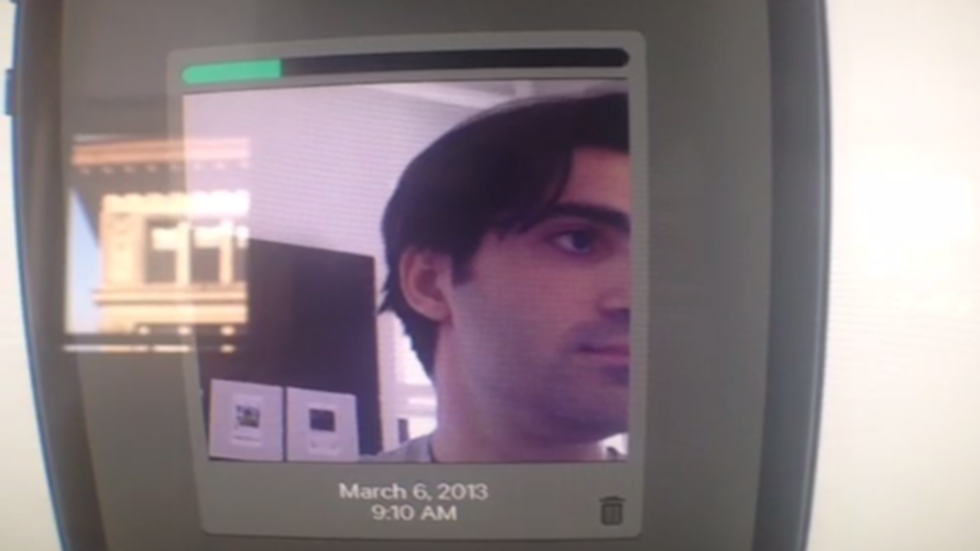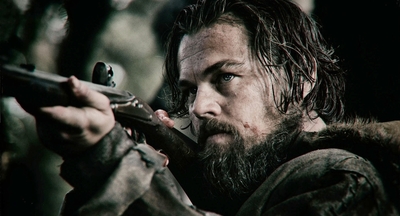
BY JULIA PUGACHEVSKY |
Why Instagram Video Won't Kill Vine
Facebook has announced video for Instagram, and it will be popular - but it's missing the limitations that make Vine the artist's medium. In fact, it reminds us a lot of the film versus digital debate.

Talk about a preemptive strike. This morning, right before Facebook revealed a new Instagram feature, Vine, even though it's currently ahead of Instagram in terms of media shares, announced some new and very useful tools.
For instance, Vine users can now save drafts instead of having to post immediately -- giving people the opportunity to work on multiple projects at once or just take a break, if they're the type to embark on 4-hour long stop-motion endeavors.
And the main Vine stream page layout should be getting much cleaner, with just a straight line-up of select Vines with no comments and likes in between (who reads those anyway?)
But as expected, Instagram hit back. Hard.

Shortly after Mark Zuckerberg introduced Instagram collaborator Kevin Synstrom to the stage, we were shown something that will surely make Vine a little nervous. For one thing, users get 15 seconds instead of six, which Instagram boasts is "the right balance between not too short, and not having to worry about upload times." You also get to choose from 13 filters, have to option to delete frames, and can even pick your preview image (similar to a YouTube video.) And, since you can post it on Instagram along with your photos, the 100 million users the app already has will make it an instant hit.
Yet, Vine may still have the upper hand when it comes to creating art.
Instagram, after all, is primarily used for sharing moments and connecting, just as Facebook is. Filters or no filters, it's more of a platform than a medium. The demonstration videos at the end of the Facebook press conference were just real-life moments complimented with smooth rendering -- a dog in a field, friends riding a rollercoaster, coffee being poured into a cup. But the fact of the matter is, with the amount of freedom Instagram video will provide, between more time, the ability to cut, and the power to improve the lighting with the push of a button, users won't be thinking much about what they want to film before they film it, because it'll be pretty easy to make even a clip of a cat walking across the room look aesthetically pleasing.
But Vine forces you to think and plan. You have one continuous file that you can only add to, and you have 1/10th of a minute to tell a story. You'd better make sure your lighting is perfect, which requires planning when to shoot if you're doing something that takes 2-4 hours. As a result, we've seen a lot of stop-motion, a lot of Adult Swim-worthy comedy clips, a lot of creativity we didn't know the average user had on Vine.
This is the kind of debate that filmmakers have been having ever since digital became an option, and was the topic of an entire documentary, Side By Side (a Tribeca Film, full disclosure).
Digital gives you the freedom to film as much as you want, but are the movies better? Film is very expensive to buy in bulk, so if you want to make a movie, you have to know exactly what you're doing and shoot everything with as few takes as possible. That can mean more meticulous screenplay revisions, more intense rehearsals before shooting, more attention paid to story instead of special effects.
Of course, it's too soon to predict where Vine and Video On Instagram will take the short film art form -- but that fact that it's inspiring such fierce competition from the two biggest social media platforms in the world is something to rejoice over on its own.

